For more than 50-ish years, people in North America have been running on shoes that are soft, in hopes to prevent injury and possibly go faster. But, the barefoot runner community are arguing that running without shoes or in minimal shoes is safer and better.
Who’s right? And what kind of shoes should you wear for the healthiest running experience?
Let’s begin with the history of our shoes today
A long time ago people ran without shoes. Or else they wore simple sandals. They pounded along packed-dirt pathways. They charged through rocky canyons. They galloped across green grasslands. All barefoot, or nearly so.
In some parts of the world, people still run like this. Meanwhile, during the last five decades in North America, an entire industry has grown up around running shoe technology. These days, a lot of us believe that unless we’ve strapped on our gel-arch-pronated-supinated-midsoled-outsoled-lace-patterned-mega-industry runners, we shouldn’t even think about hitting the streets.
But there’s also another crew called the “barefoot” purists. They believe that running on soft and supportive shoes are doing more harm than good. They believe we’d be better off returning to a more “natural” shoe for running. Or even leaving off our shoes altogether.
People have been running since the dawn of time. To hunt, to escape danger, and even for the pure joy of it. Soon the iconic Nike company hit the stores. Its success may have been because it was lighter than most shoes than in use and had an iconic style to it. Compared to its successors, the amount of heel lift in this shoe was next to nothing.
Footwear Design
Meanwhile, back in the factories across the world, inventors were slapping together new types of rubbers. Slotted into the soles of shoes to improve lift, reduce shock, and re-energize the foot over lengthy runs, these new materials were supposed to help you “go the distance” in greater safety. Recently investigations suggest that these fancy soles don’t stop us from getting a shock when our feet make contact with the pavement. Instead, they prevent us from noticing it. Insights like this have led the trend toward more minimalist shoes.
In 1999, designer Robert Fliri took out a patent for a “five-finger” shoe, first manufactured by Vibram in 2005. Since then these five finger shoes and other minimalist shoes have gone up in popularity.After the popularity of minimalist shoes people started to ask themselves: Which one is better for performance? Which one is safer?
The tricky part of this equation is there aren’t enough studies to support any absolute claims. What we do know is that running barefoot or in minimalist shoes may improve performance. But this might relate more to stride than to the shoe itself. Meanwhile, we don’t yet know for sure whether minimalist shoes reduce the risk of injury compared to more built-up shoes. So would this mean that regular running shoes do prevent injury? Maybe. Everyone is different so there is no blanket statement.
There are three kinds of runners:
- Rearfoot strikers (their heel hits the ground first)
- Midfoot strikers (the ball of the foot, then the heel strikes the ground)
- Forefoot strikers (the ball of the foot hits the ground and the heel never really touches down).
Most of us have a preferred or instinctive style. But we can learn to use a different gait, and our footwear choice may affect our gait.
Rear, middle, front—what’s the difference?
Rearfoot strikers land with significantly greater force than midfoot strikers or forefoot strikers — a force equaling 1.5 to 3 times their body weight. Just imagine how you’d feel if an object 1.5 to 3 times your weight repeatedly crashed into another part of your body. Meanwhile, the impact appears much smaller for midfoot strikers and forefoot strikers.
Not only do rearfoot strikers hit the ground harder, but they also run with a relatively stiff, extended leg. This position sends a lot of additional force up the body.
Forefoot strikers and midfoot strikers are at an advantage here again. With knees bent, and their feet positioned more under their hips, their ankles are correspondingly softer and more “compliant.” That means they are more responsive to the environment.
Want to know what I mean? Try running barefoot in the grass or sand, and see how your gait delicately and quickly responds to the terrain.
Common Injuries To Think About
Based on what was mentioned earlier, it’s easy to see why impact fractures are one of the most common running injuries around. No wonder manufacturers have added cushioning to their shoes. This cushioning may cut down the impact of rearfoot striking a little bit. But only by about 10% at most. Much of the force remains. We just don’t feel it the same way.
With all the force that running generates, you’d think it might help us build stronger bones. But running itself doesn’t build up bone mineral density. To build bone mass, we need muscle mass. And the most significant known contributors to bone mineral density are stop-start sports like basketball and soccer, and resistance training for loading bones along their lengths.
The Connective Tissues Are Important!
Apart from micro-fractures, another familiar runners’ complaint is plantar fasciitis. Though most of the pain is felt in the foot, it’s culprit is the tight calf muscles or Achilles’ tendons. Rearfoot striking can increase the likelihood of developing plantar fasciitis. Midfoot and forefoot strikers don’t seem to face the same risk.
Should anyone avoid minimalist footwear or barefoot running? Most kinds of feet can do well in minimalist shoes. But there are a few exceptions.
Flat feet:
If your feet are flat, you might worry that you require arch support. But try spending a little bit of time each day walking barefoot or in flexible footwear around the house. Your feet will get stronger, and you may feel differently.
Orthotics:
Maybe you wear orthotics. Does that mean you can’t go minimalist? It depends. If you’re wearing orthotics because of metatarsal or footpad disease, you should probably stick to shoes that make room for the device. You’d have significant pain without the extra protection. But if orthotics are merely a “site of pain” solution for a nonspecific injury, by practicing more dynamic joint mobility and exploring more flexible footwear in a gradual, progressive way, you may improve your posture and gait as well as your mobility. You might even free yourself of the orthotics.
How to Find a Minimalist Shoe Right For You
Let’s say you’ve read the research and are ready to give minimalist footwear a try. How will you recognize a minimalist shoe?
First, they come in a couple of different varieties, from the separated toe versions to footwear that looks more like a traditional shoe. But all minimalist shoes share the following characteristics:
The cushioning in the front and back of the shoe is about the same, and not very thick. The sole will be flexible. You’ll easily be able to bend it at the midfoot. But that’s not all. It will also be twistable along the length of the long axis. If you can’t twist it as if you were ringing out a towel, it’s probably not minimalist.
I can’t emphasize this enough, TRANSITION GRADUALLY!
Just because you’re excited to go minimalist doesn’t mean you’ll go out and run for your first 10km in your new shoes. Start by walking in them for 10-15 minutes. Then, just like strength training build up your tolerance. Every week increase the time for your walks, if you’re not sore try slowly running for 20-30 seconds at a time and walking for 1-2 minutes for recovery.
This situation might be a good time to hire a running coach to check out your gait and see if you are truly ready to run in a minimalist shoe.
Joint Mobility Matters!
Another complementary approach to prepare you for minimalist footwear is to practice dynamic joint mobility. Movement in walking and running doesn’t only happen at the foot. Minimalist footwear cues us to more use of our joints. By working on our dynamic joint mobility and deliberately firing up our nervous system’s awareness around our joints, we become more responsive and more prepared for the new demands.
When In Doubt, Listen To Your Body!
If something doesn’t feel right in your new shoes, then you don’t have the necessary prerequisites to be in a minimalist shoe. If you are truly interested, make sure to speak with a chiropractor or physiotherapists that is knowledgeable on the topic and can guide you in the right direction. If you self-diagnose yourself and think you’re ready, you might end up with worse injuries than you can imagine.
Stay safe, and when in doubt start barefoot walking around your house and build up the strength in your feet.


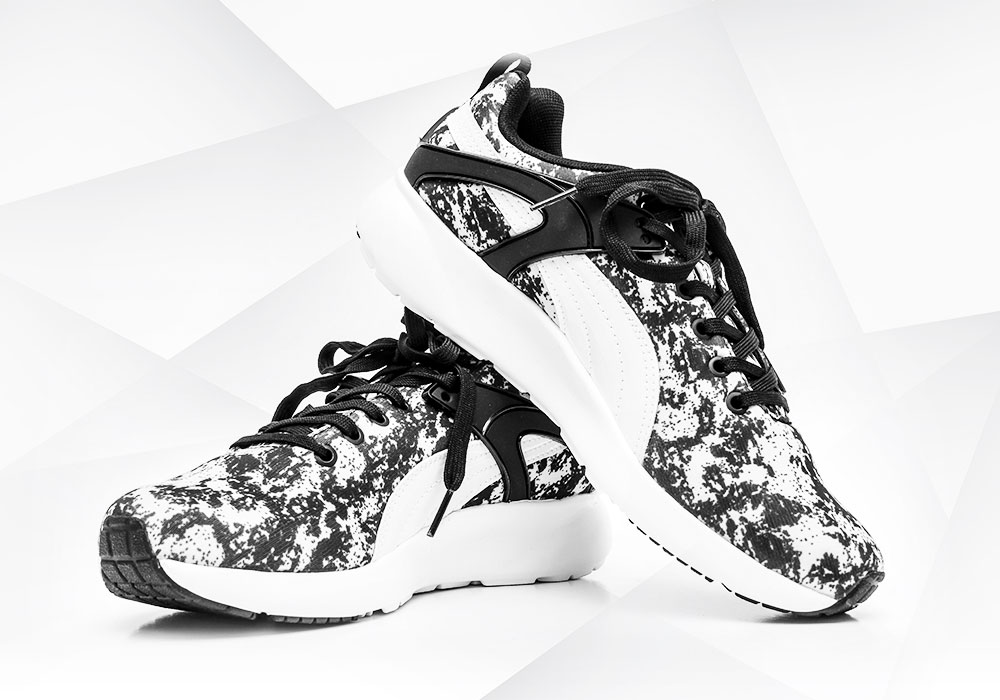
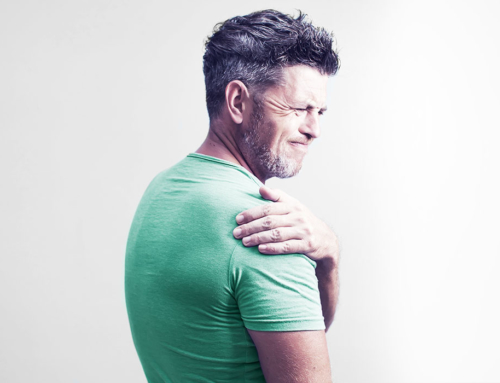
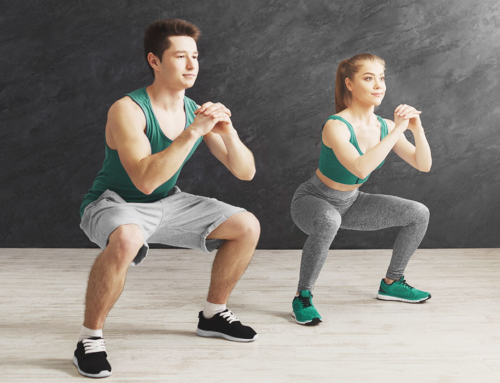
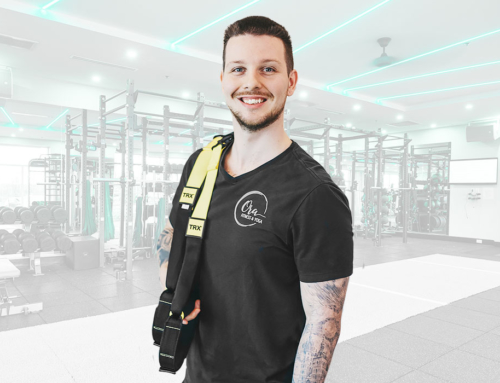
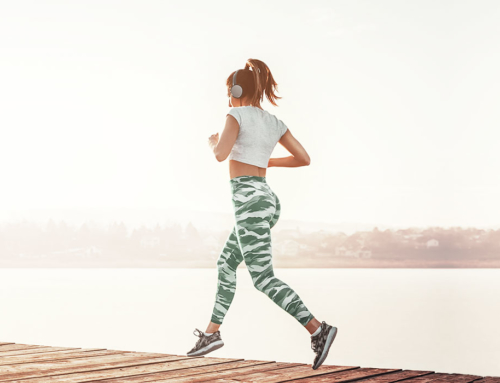
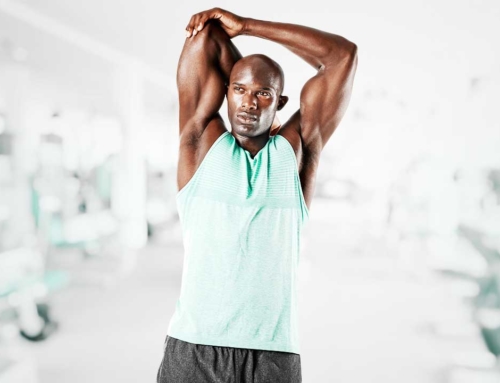
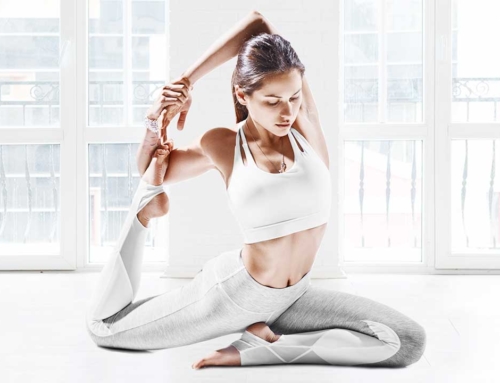
Leave A Comment